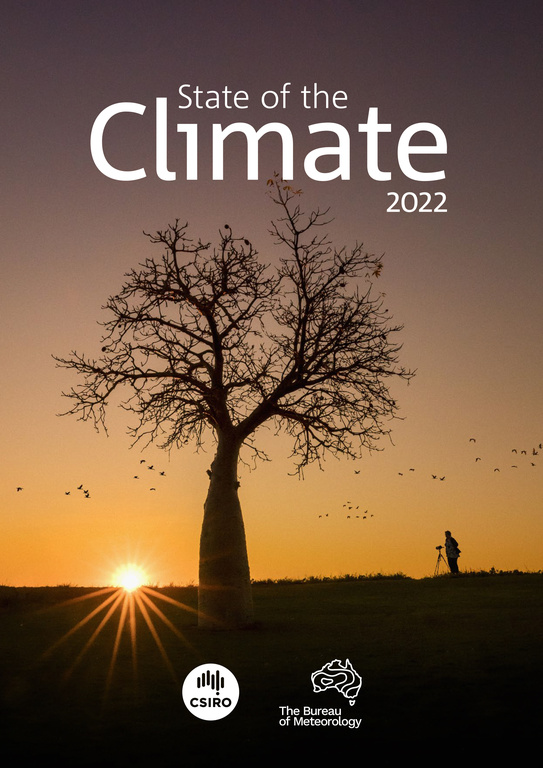The report, released every two years, shows an increase in extreme heat events, intense heavy rainfall, longer fire seasons and sea level rise. The report draws on the latest climate monitoring, science and projection information to detail Australia’s changing climate now and into the future.
The Director of CSIRO’s Climate Science Centre, Dr Jaci Brown said the report documents the continuing acidification of the oceans around Australia, which have also warmed by more than one degree since 1900.
“The warming of our oceans is contributing to longer and more frequent marine heatwaves, and this trend is expected to continue into the future,” Dr Brown said.
“We’re seeing mass coral bleaching events more often, and this year, for the first time, we’ve seen a mass coral bleaching on the Great Barrier Reef during a La Niña year.
“The rate of sea level rise varies around Australia’s coastlines, but the north and south-east have experienced the most significant increases.”
Ocean observations and data provided by the Integrated Marine Observing System (IMOS) have informed several sections of the report, covering sea surface temperature, ocean heat content, sea level and ocean acidification.
IMOS facilities contributing to the State of the Climate 2022 report include Argo floats, Ships of Opportunity, Satellite Remote Sensing and Ocean Acidification moorings.
State of the Climate 2022 is the seventh report in a series published biennially by the Bureau of Meteorology and CSIRO, which together play an integral role in monitoring, measuring and reporting on weather and climate.
The State of the Climate 2022 report can be downloaded here.
